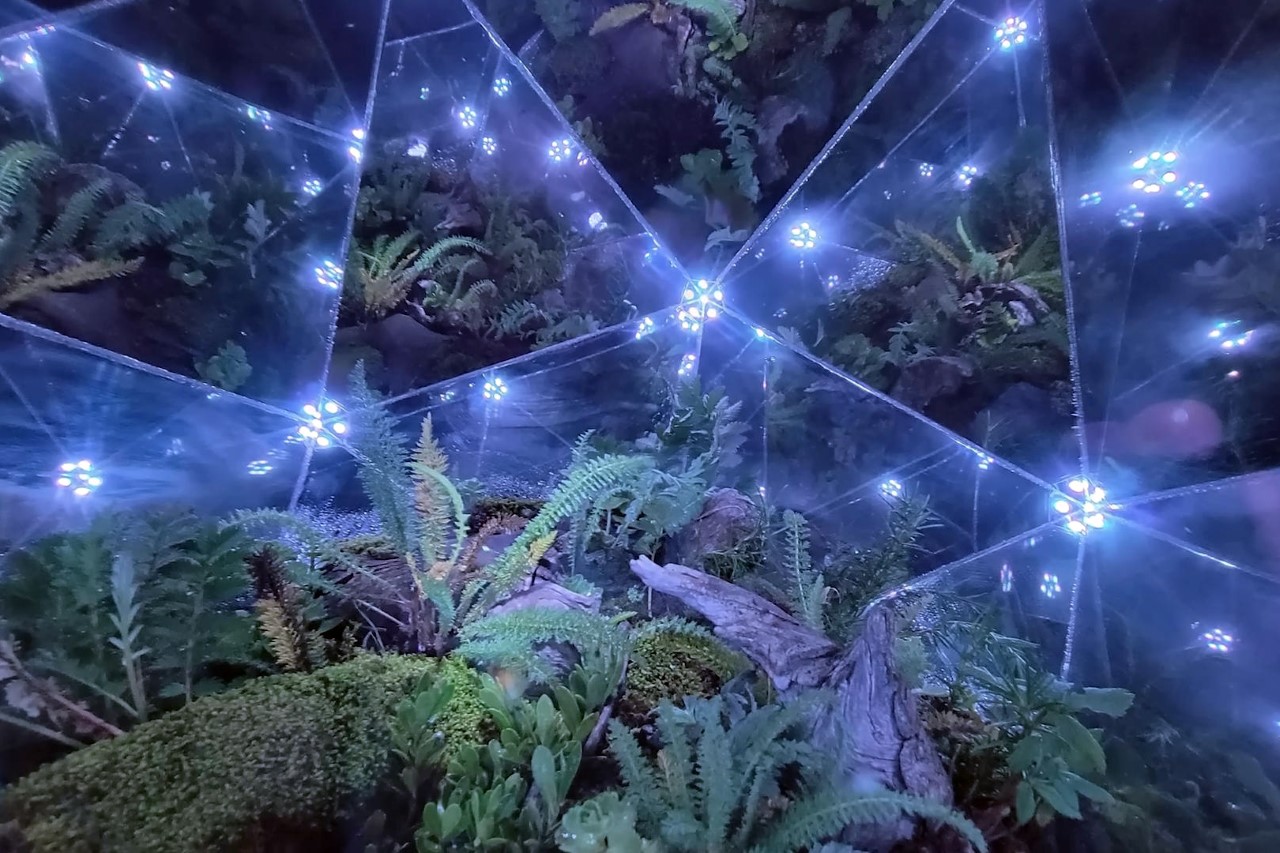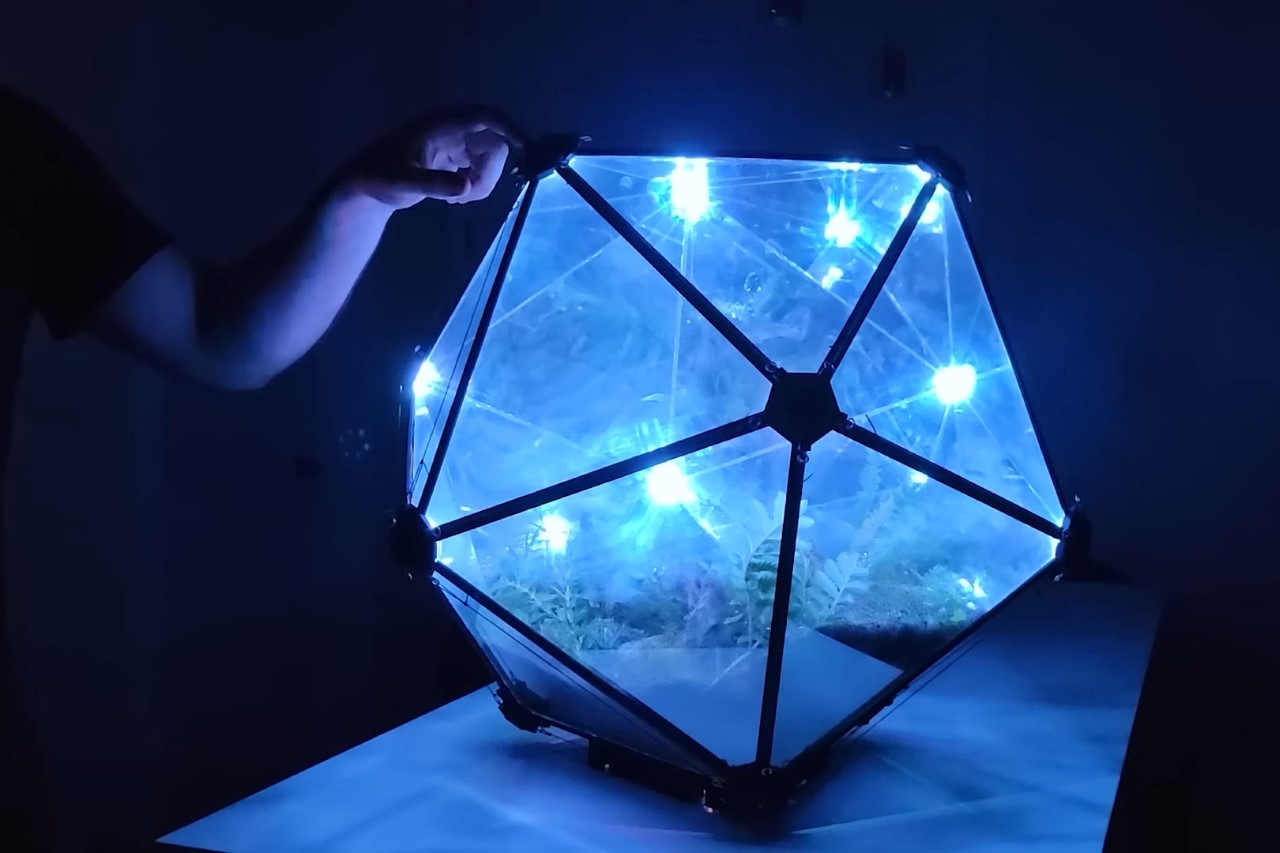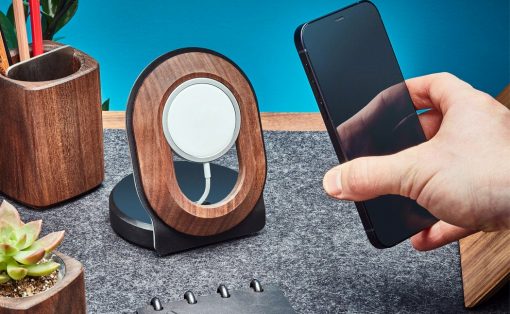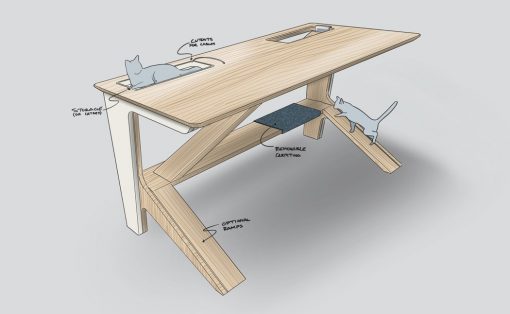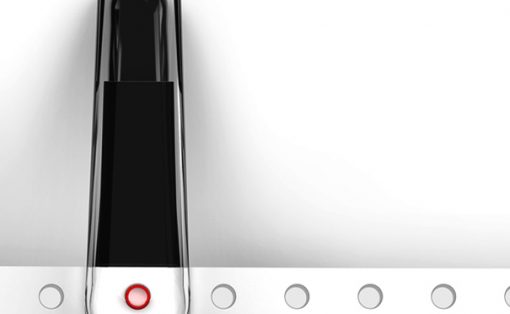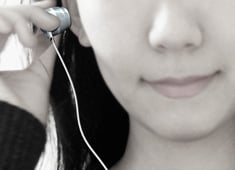Robert’s Infinite Terrarium literally has the best of all worlds – infinity mirrors, LEDs, plants, and an enclosed environment that doesn’t require you to take care of the plants. All you really need to do is keep admiring the terrarium as it shines and self-sustains… I think that’s going to be my motto for 2023 – Shining and Self-sustaining.
The DIY project for Robert started when he decided he needed a nice set of plants and a sculptural unit for his kitchen. It wasn’t like he was setting up a kitchen garden, so the two ideas could easily be combined. A self-professed plant killer, Robert knew that his best bet was a terrarium, which would never need human intervention… and it was just a matter of time before he decided to build a massive icosahedral terrarium lined with one-way reflective panels and bright LEDs.
Designer: Robert (Ideal Idea)
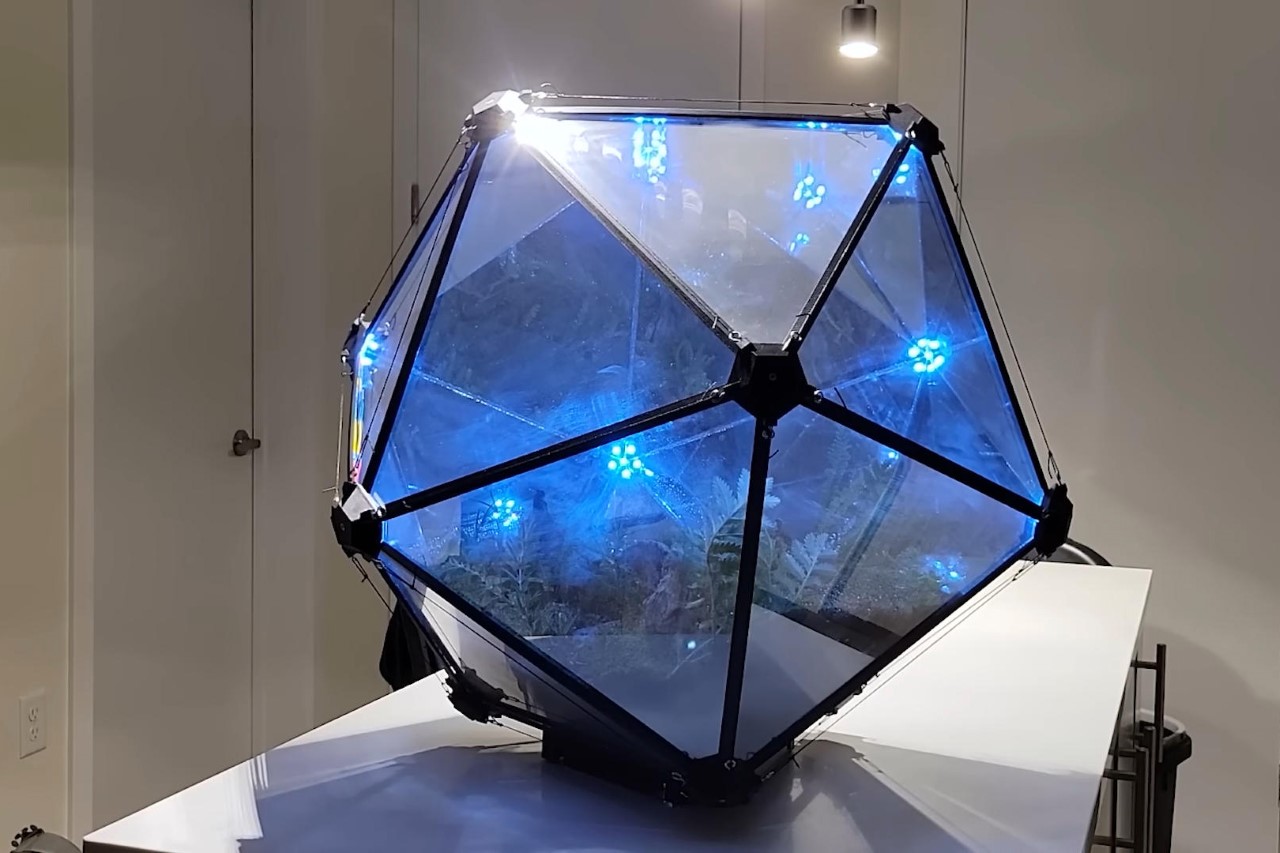
Creating the terrarium’s shape wasn’t challenging in theory – an icosahedron is just 20 triangles joined together to form a geometric solid. However, the logistical challenges seemed pretty big, considering the terrarium had to hold itself together, be relatively watertight, and still reflect light internally to create an endless series of reflections. This meant building the structure first in 3D.
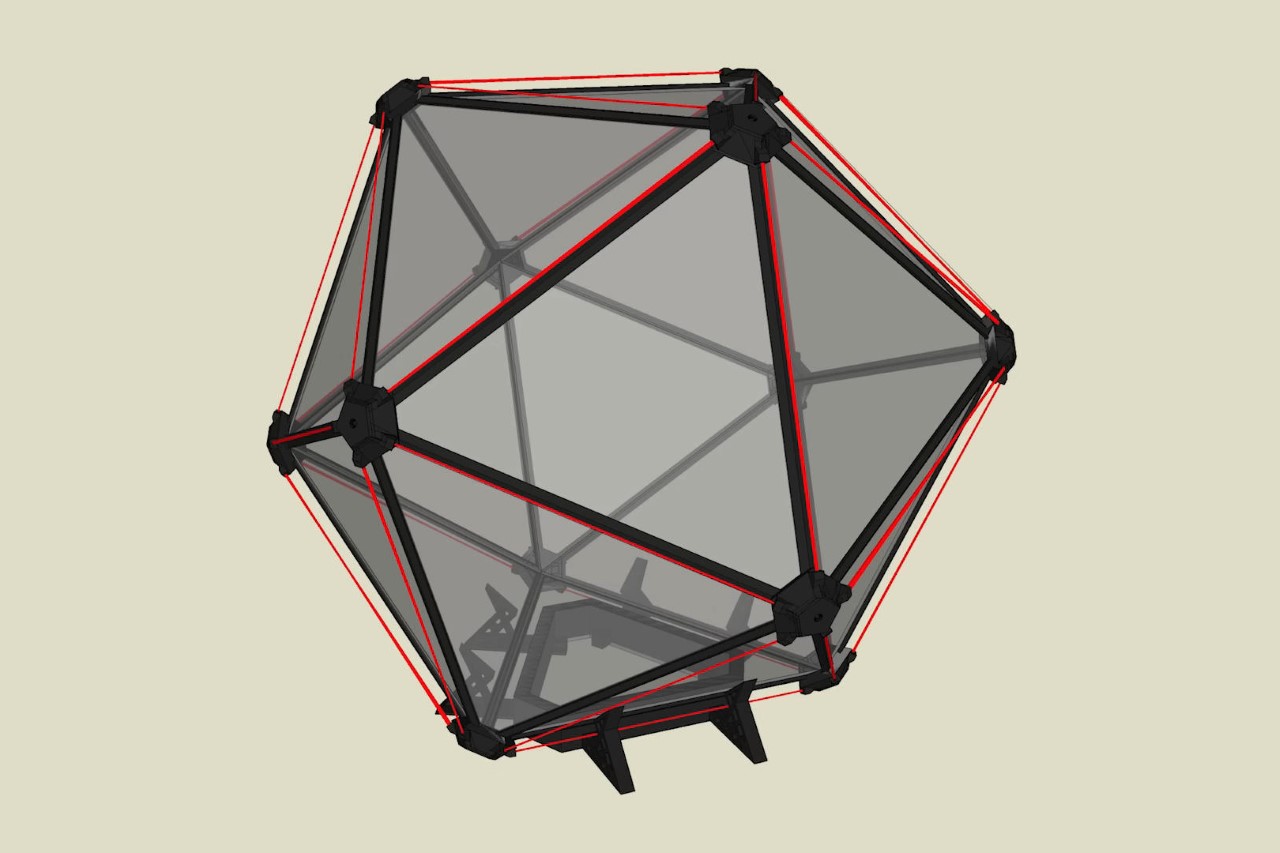
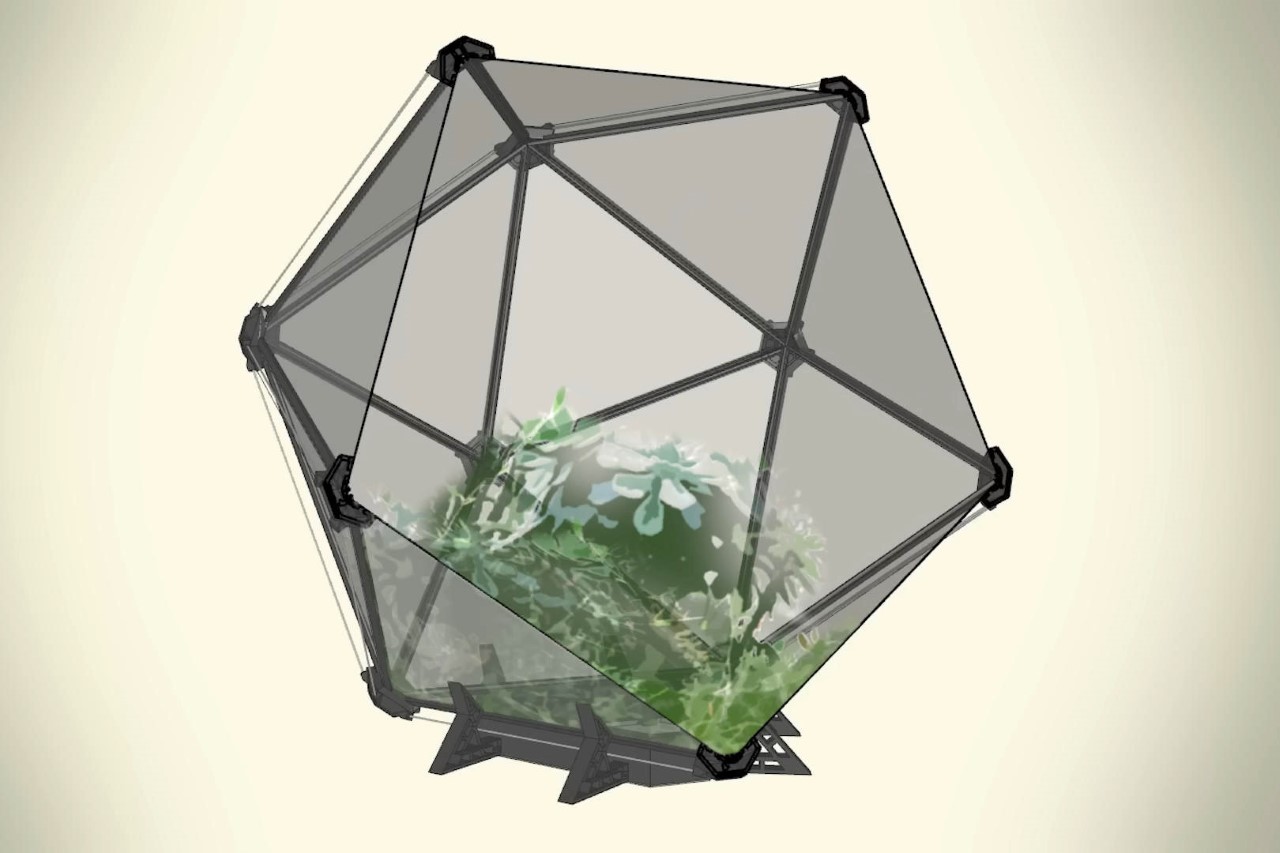
The icosahedron would be made of acrylic sheet paneling, with specially designed corner-modules sitting at each vertex. These modules would be the anchor points for the solid’s harness system (which would hold it all together using tensile strength) but would also house the infinity mirror’s LEDs. Each corner module was 3D printed to give Robert precise control over the overall design.
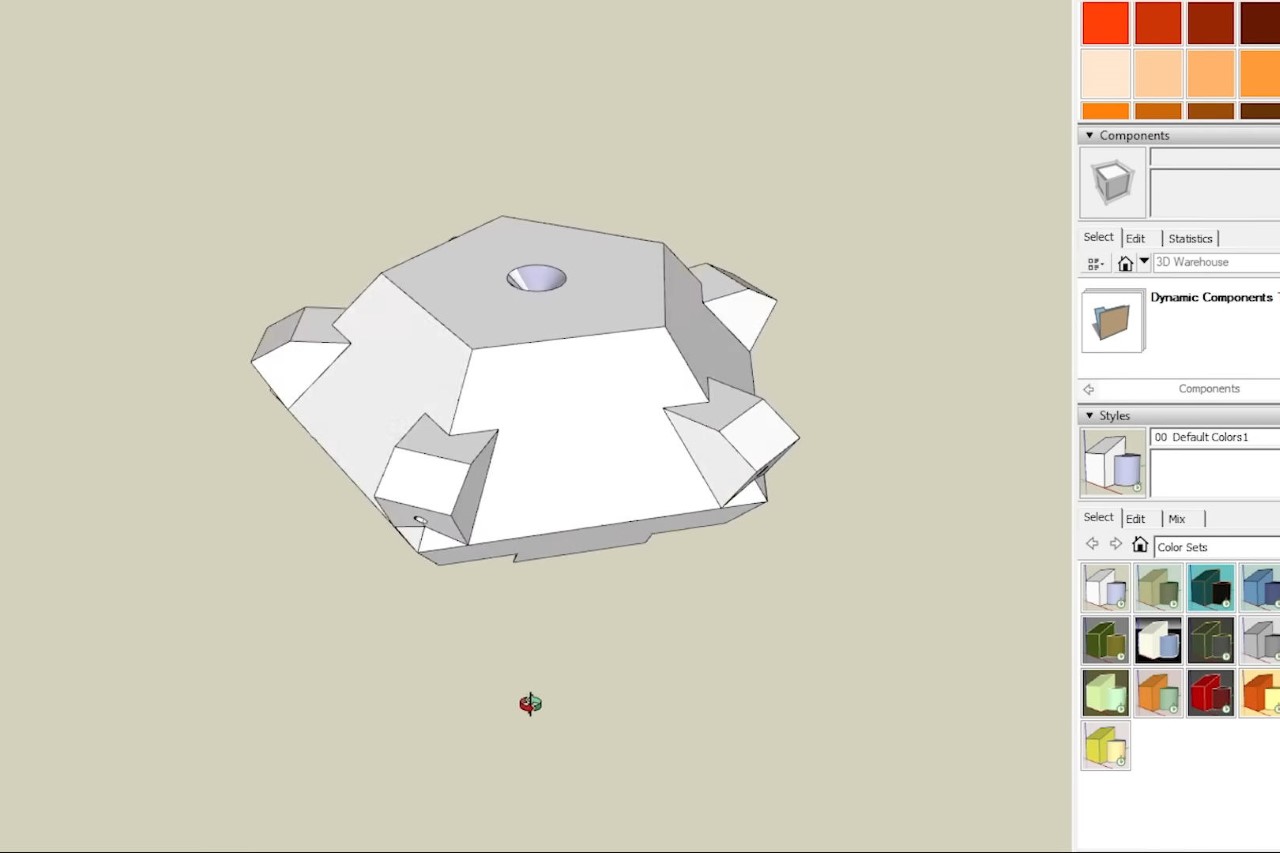
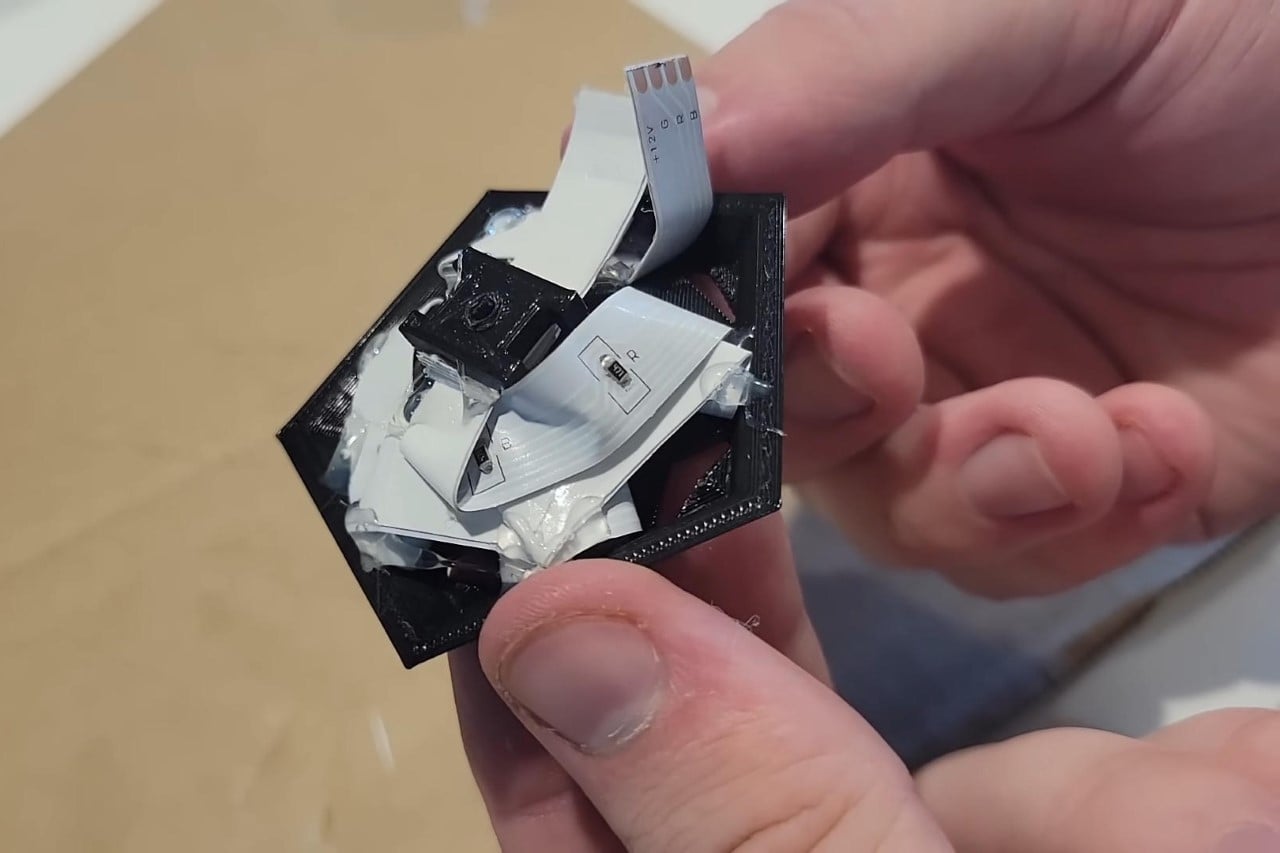
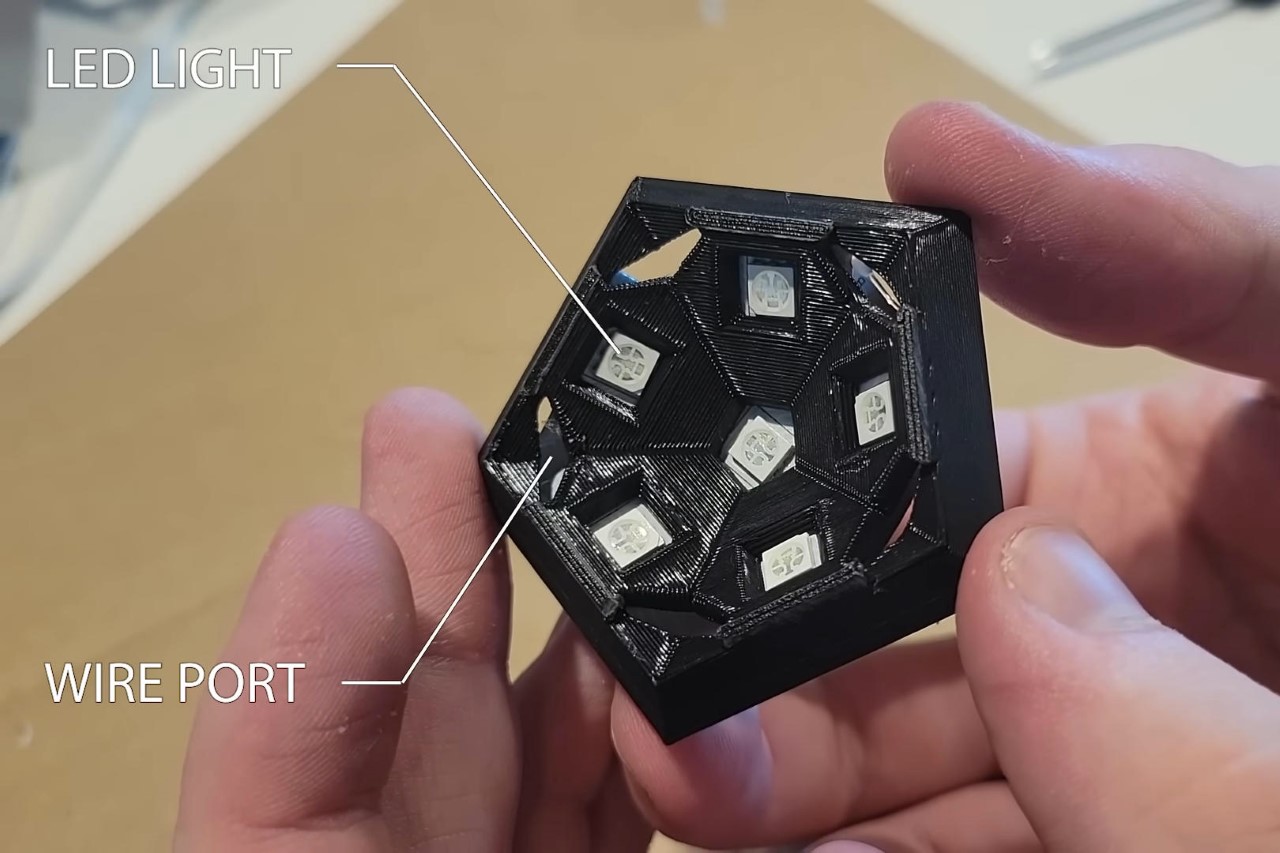
LED strips were cleverly fitted into the corner modules, which were then connected to one another using 3D-printed channels that hid the wiring almost perfectly. Eyelet screws were then fitted onto each of the 5 sides of the corner modules to help them hold the entire structure together.
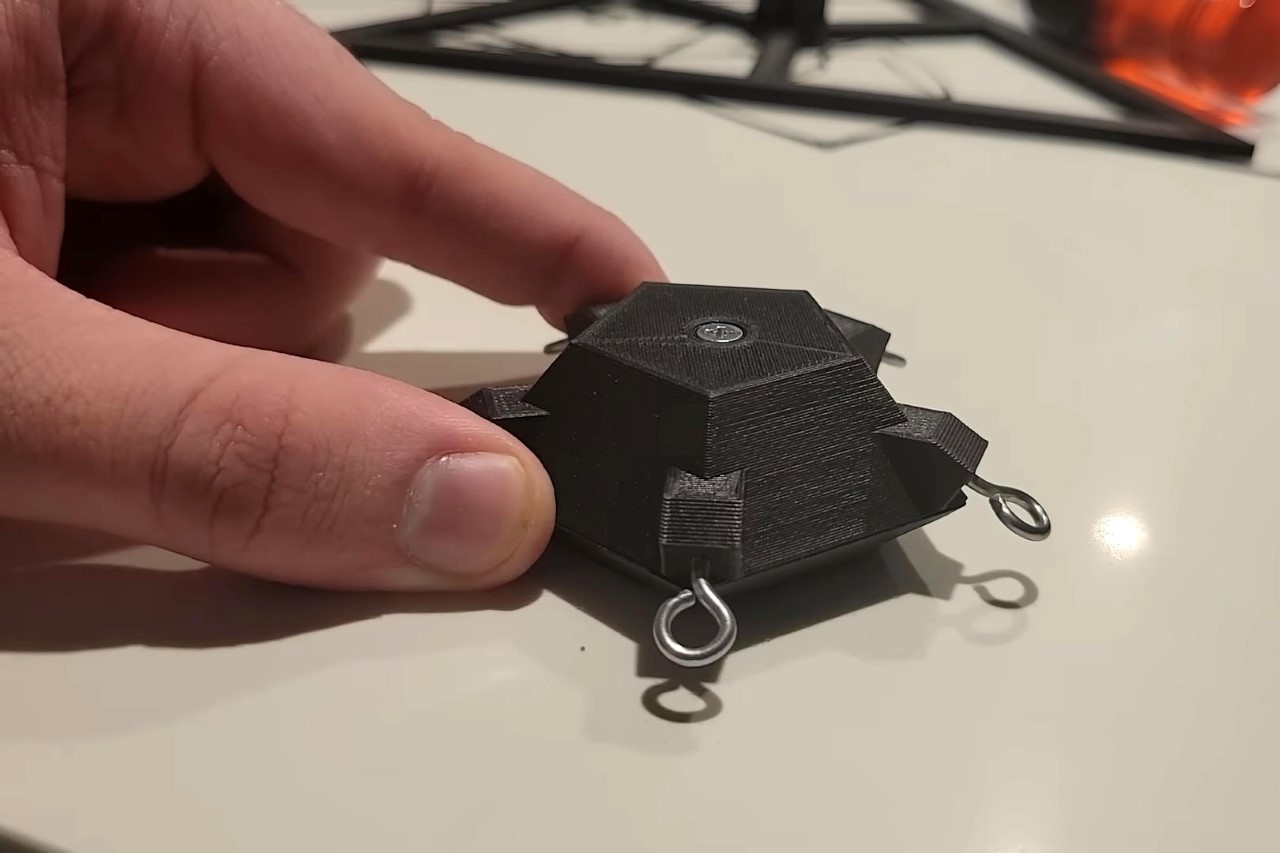
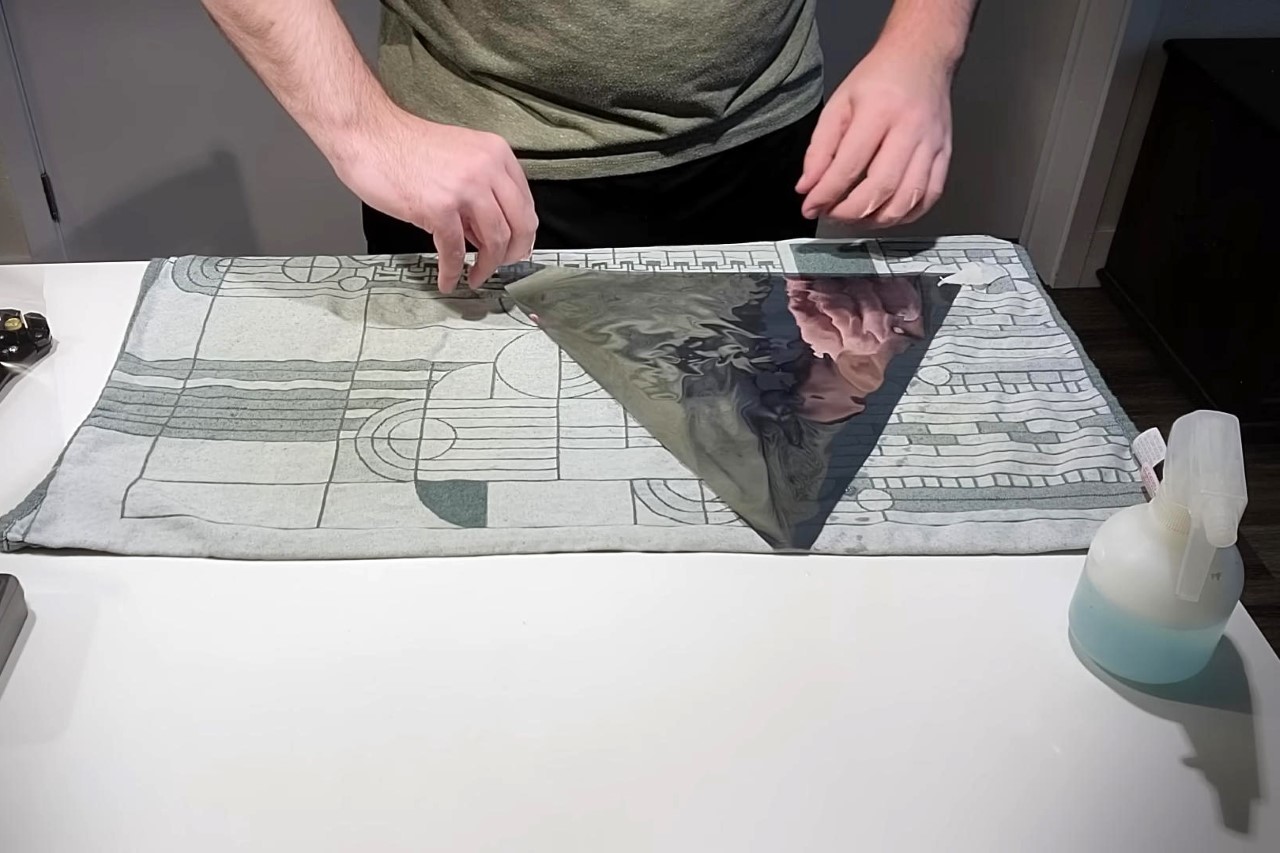
Robert relied on machine-cut acrylic panels, with each one individually coated with a one-way reflective vinyl wrap. This one-way reflection would allow the terrarium to look endless on the inside, but would also allow viewers to see through the glass… just like in car windows. The reflective film was removed around the areas where the corner module would sit, because the vinyl would end up reflecting some of the LED light rather than allowing all of it to pass through into the terrarium. The individual acrylic panels were also bonded together at their edges using chemical solvents.
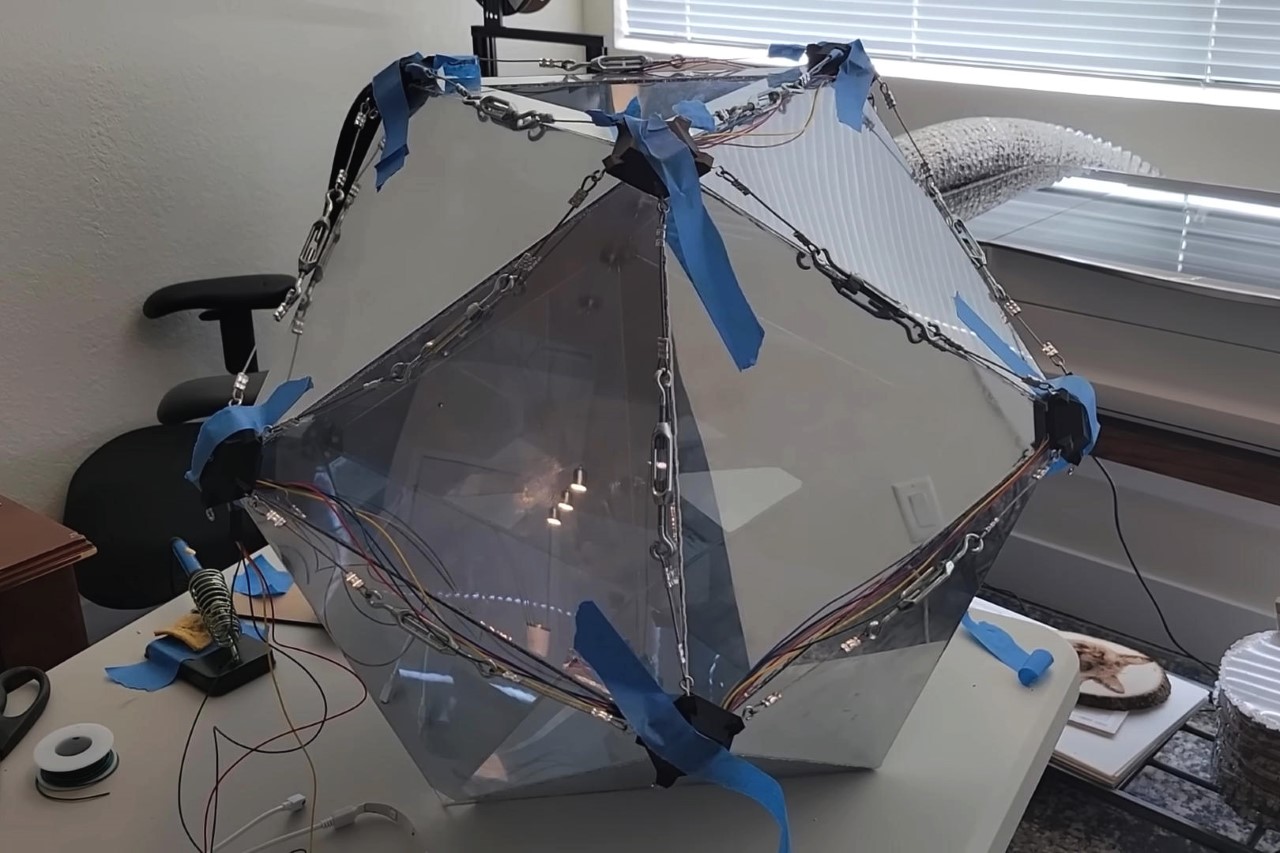
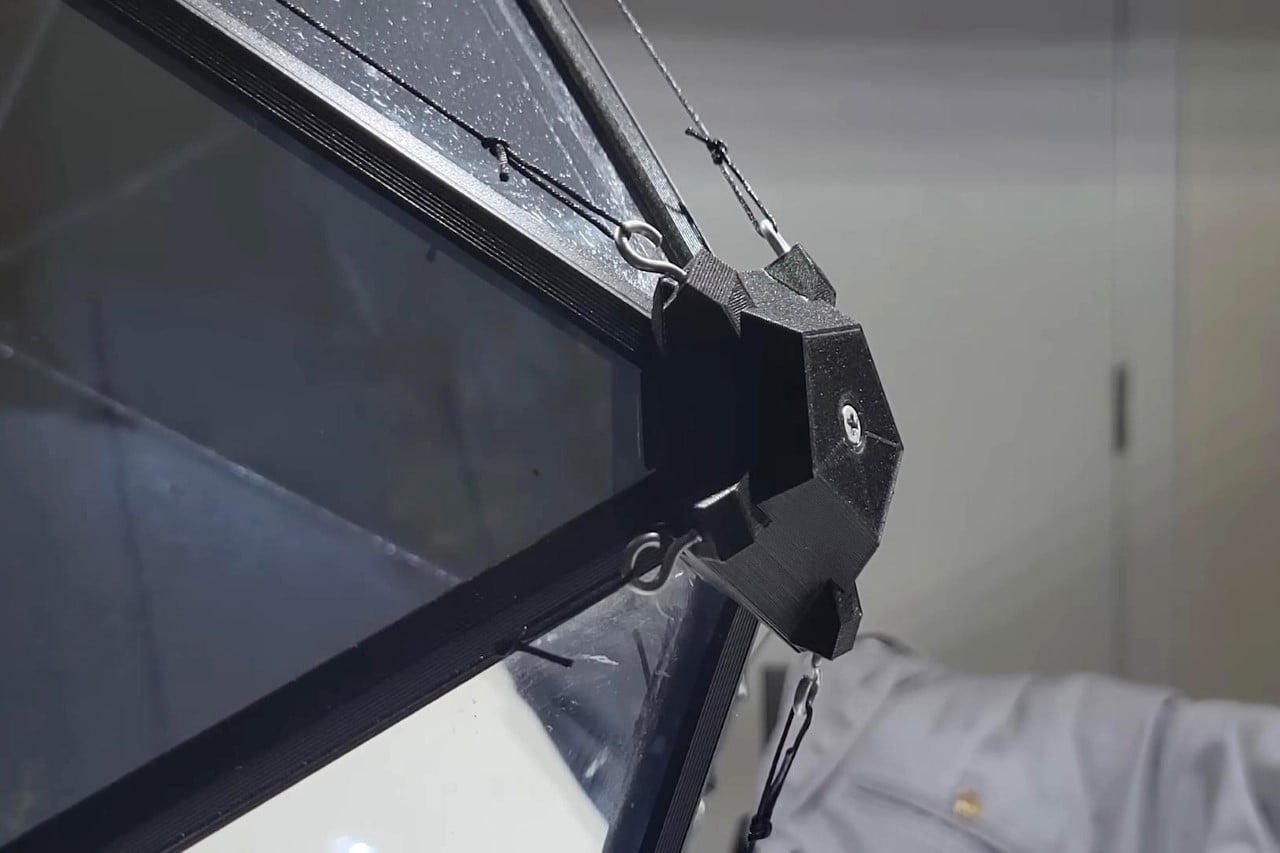
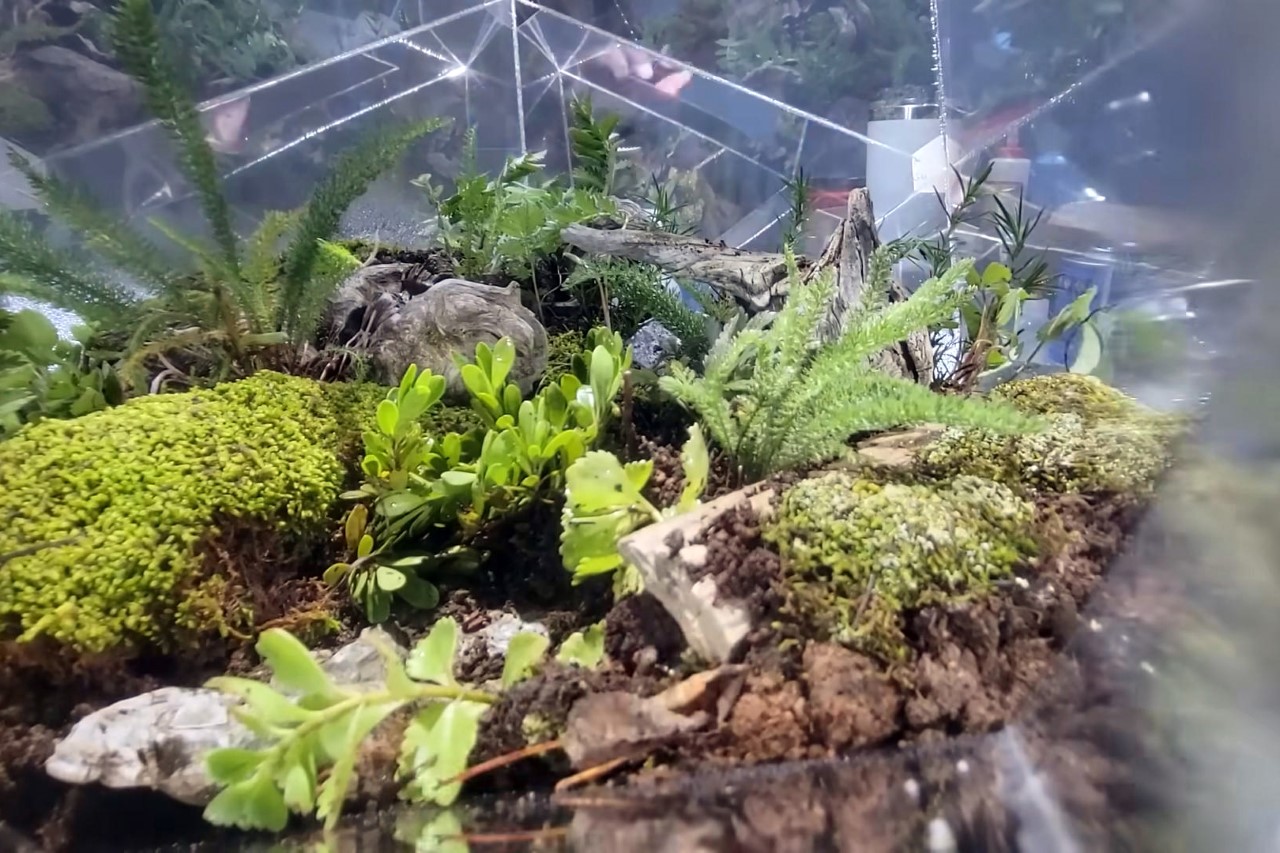
Once the terrarium’s structure was built, it was up to Robert to actually make the terrarium – the toughest part, in his opinion. Terrariums work rather cleverly by recycling water in an endless cycle. The structure comes with two layers of soil – a lower gravel layer, and an upper mud layer. Plants and moss would absorb water from the soil, transpire it out into the air as water vapor, which would then condense and enter the soil again. The water-tight terrarium would maintain the humidity levels to ensure the plants lived on endlessly… leaving the viewers (and Robert) to just be enchanted by the magic of it all! And those kaleidoscopic reflections!
You can visit Robert’s YouTube page to read the video description and build your own terrarium. He also has plans to make miniature versions that will be up for sale.
